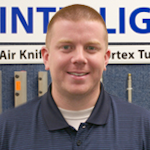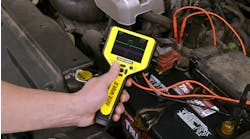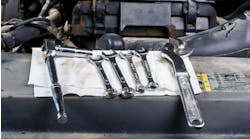Q: What is OSHA concerned with regarding its standards for cleaning/blow off applications with compressed air? And, why is OSHA focused on these factors?
A: OSHA is concerned with three factors:
- The first is the compressed air pressure at the outlet of an air gun, lance, or nozzle. Normal shop air is supplied at 80-100 psig to keep air tools running at peak performance. OSHA’s standard CFR 1910.242(b) sets forth that if an air nozzle blow-off or air gun tip can be blocked or dead ended the static pressure at the outlet cannot exceed 30 psi.
- Second is protecting personnel from flying chips and debris. OSHA mandates effective chip guarding for personnel working in close proximity to flying debris in order to prevent harm.
- Thirdly, OSHA wants to keep noise exposure among personnel down to a minimum. OSHA details the allowable noise exposure limits for any personnel in their standard 29 CFR-1910.95. Since some air nozzles and guns can increase occupational noise levels, care should be taken to choose an engineered nozzle or gun which minimizes noise levels.
OSHA has focused on these factors because for safety reasons Compressed air outlet pressure that is 30 psig or more can cause air embolism, where an air bubble can enter the blood stream through the skin and cause serious harm, and even death in extreme cases. Keeping the outlet pressure lower than 30 psi eliminates this embolism risk.
Chip shield technology can help mitigate the risks of flying debris becoming lodged in cuts or wounds and eyes which can prevent infection and serious physical damage. Over 22 million workers are also exposed to potentially damaging noise each year.
OSHA continues to try and minimize occupational noise induced hearing loss by recommending both engineered design and personal protection equipment solutions.
Information provided by: Exair Corp.




